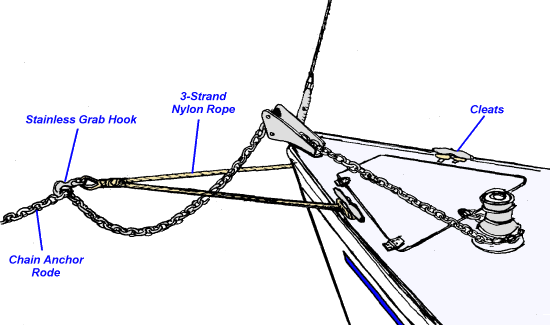Liquid Pleasure II
New Member
When coving out for the day or overnight our boat (340 DA) fish tails due to the winds on our lake. It's not a huge issue but just more of an annoyance!
I am guessing stern anchors might solve the problem but I was hoping to hear some ideas before I invest in 1 or 2 new anchors.
Can you stop it with just 1 additional anchor other than the bow anchor??
Am I just going to have to live with it??
I am guessing stern anchors might solve the problem but I was hoping to hear some ideas before I invest in 1 or 2 new anchors.
Can you stop it with just 1 additional anchor other than the bow anchor??
Am I just going to have to live with it??








